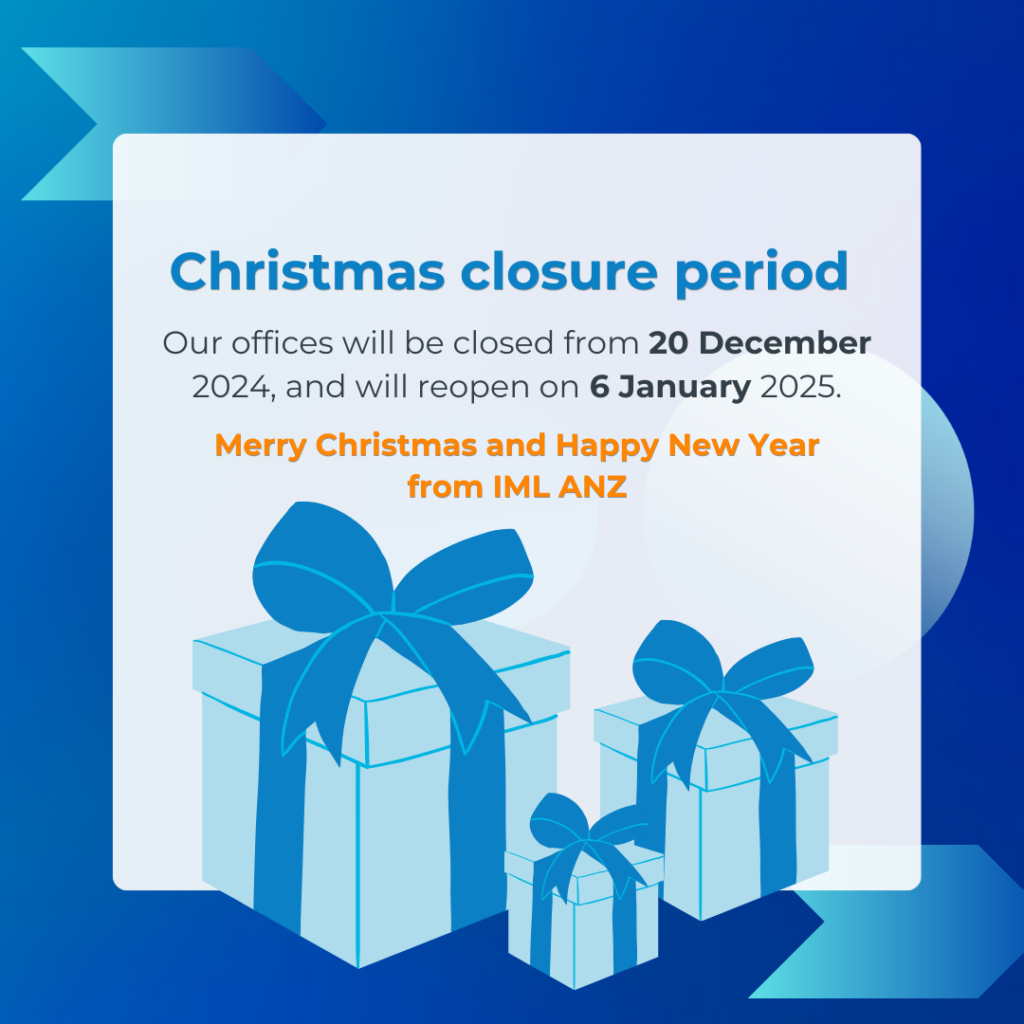Great leaders are workhorses, not show horses
By Sam Bell FIML
The Institute of Managers and Leaders General Manager Corporate Services and Research
In June ‘the suspended schoolboy turned disruptive CEO’ was finally removed from his post at CPA Australia. Alex Malley left the membership-based accounting body with a payout of $4.9 million of members’ equity, a board without a quorum and no obvious leadership succession plan.
It was a sad finale for Malley who, after seven-and-a-half years as CEO, arguably left CPA Australia in a sustainable financial position, with strong brand recognition and a growing international profile. No one should doubt Malley’s passion and commitment, although some may question his delivery method and other aspects of his leadership.
Malley also seemed to be able to do what others have failed to do – position the CPA qualification as a stepping stone to roles in management and leadership. And he was able to attract large cohorts of international students to the CPA brand. This undoubtedly propelled the organisation beyond its home market and gave many international students the hope of a job in Australia (even if the truth was that these jobs were rather more difficult to come by than they were perhaps led to believe).
Much of what Malley espoused about leadership related to his own experiences. Of course, it’s somewhat ironic then that his personal leadership style ultimately played a part in his untimely exit.
Leadership style is the way that a leader provides vision and direction, sets strategy and motivates people. This doesn’t mean that leaders should accept the status quo or shy away from change. Far from it. They must navigate choppy waters and create new directions in search of success. But this must always be about ensuring that the emphasis is on the organisation and not on them.
I can’t help but think that Malley’s leadership style falls short of what US business consultant Jim Collins would describe as that of a “Level 5 Leader”. Collins describes Level 5 leaders as those who espouse a “blend of extreme personal humility with intense professional will”.
What separates these leaders from the pack is, according to Collins, their “personality attributes”. There are the attributes that typify these leaders. They are self-confident enough to set up a succession plan; are humble and modest; show unwavering resolve and diligence — more plough horse than show horse. Last but not least, they give credit to others and take full responsibility for poor results. They also attribute much of their success to good luck rather than personal greatness.
Collins believed that for great leaders, leadership is more about who they are, rather than what they know. Contrast this with the now very public allegations of millions of dollars of CPA Australia funds being used for the promotion of a TV show and a book that didn’t seem to be too related to an professional membership body focused on accounting standards.
Whatever the truth of the CPA ‘case study’, I think that we would all agree that good leadership is not about the self-promotion of the leaders. Especially when it’s the leader who is making the decisions about the promotion. Indeed, Jim Collins found that it is precisely those CEOs, who create big public profiles, that tend to run the most unsuccessful companies.
This brings us nicely to the Institute’s new Chartered Manager designation, which assesses leadership qualities through a robust competency framework that doesn’t try to define a ‘preferred’ leadership style. It instead acknowledges that every individual has their own way of doing things. But the framework does capture the core competencies that are vital to developing your own leadership style and supporting your management skills. This is the thinking that lies at the heart of the new designation, which is sets out three core stages of management:
• How to manage yourself effectively — this should be learnt early on in your career and constantly developed.
• How to manage others and establish trust — these capabilities should be developed before you take on management roles ,but are typically developed at junior and middle management levels.
• How to manage the business and think strategically — this should be continually learnt and is most needed at senior levels.
I’m currently undertaking the Chartered Manager assessment and I’m finding the reflection process on my leadership style and skills to be extremely rewarding. It has also revealed the gaps in my knowledge and practice. It’s both extremely rewarding and personally challenging, as it should be.
Leadership isn’t supposed to be easy. In fact, self-promotion is the easy part of leadership. The real tough stuff is the actual leading.



